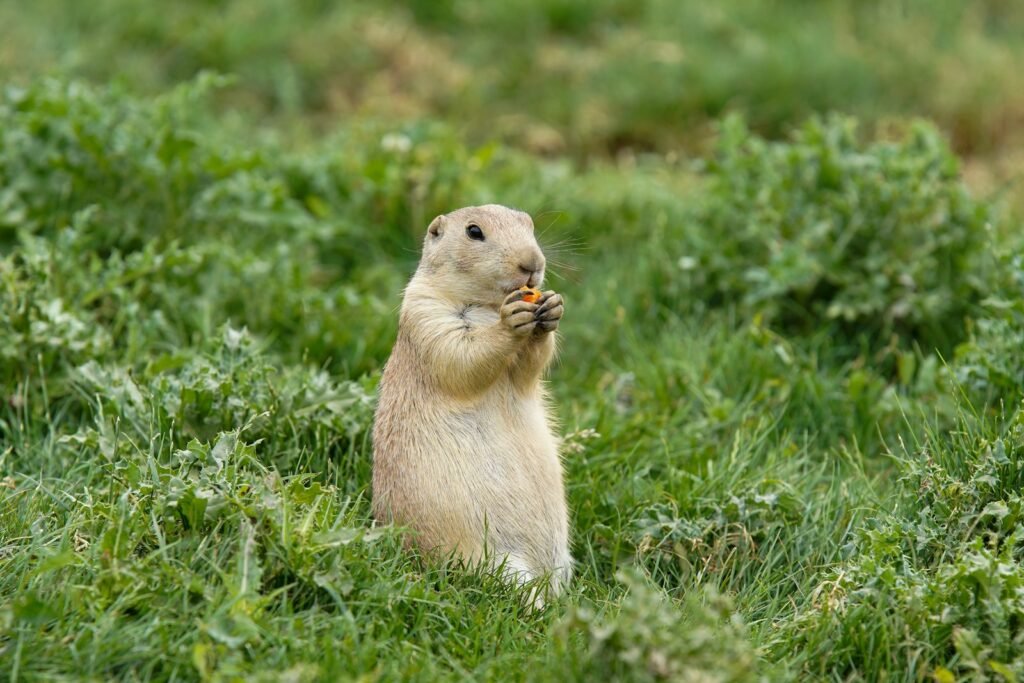Imagine standing on the endless grasslands of the American Midwest, your heart pounding as the ground trembles beneath your feet. A shadow rolls across the prairie. It’s not a storm—it’s a herd of bison, thundering past in a breathtaking, living river of muscle and fur. For centuries, these giants were the very heartbeat of the plains. Then, in a blink of history’s eye, they almost vanished forever. The tale of the bison is one of survival against impossible odds—a story packed with tragedy, hope, fierce determination, and an almost unbelievable comeback. Let’s journey into the wild, dramatic saga behind one of America’s greatest conservation triumphs.
The Mighty Monarchs of the Plains

Bison once ruled the North American grasslands, roaming in numbers so vast they seemed endless. Early explorers described herds stretching to the horizon, sometimes so dense that trains had to halt for hours as bison crossed the tracks. These animals weren’t just plentiful—they were central to the ecosystem, shaping the land with their grazing, wallowing, and migrations. Their presence supported a rich tapestry of plant and animal life, from birds to coyotes, insects to prairie dogs. For Indigenous peoples, bison were sacred, providing food, clothing, shelter, and spiritual meaning. The pulse of the plains beat in time with their hooves.
The Shocking Collapse: From Millions to Near Extinction
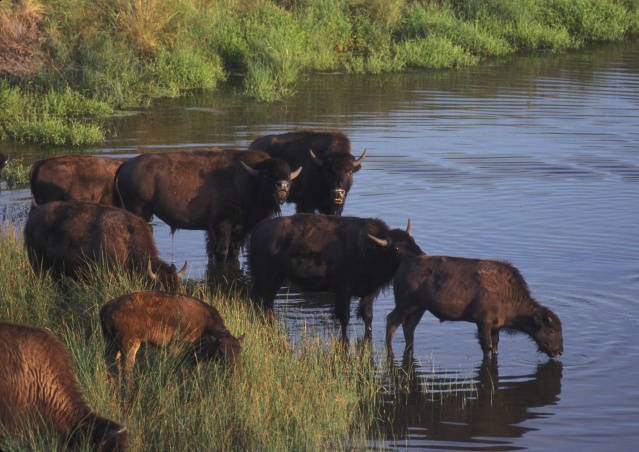
It’s almost impossible to fathom today, but before European settlement, as many as 30 to 60 million bison roamed North America. By the end of the 19th century, fewer than a thousand remained. The reasons are heartbreaking: relentless commercial hunting, government policies aimed at undermining Native Americans, and the expansion of railroads. Hunters slaughtered bison for their hides and tongues, leaving mountains of bones to bleach in the sun. The plains fell silent. The loss was more than ecological—it was cultural and spiritual devastation for Indigenous nations who depended on the bison’s survival.
Why Bison Matter: Keystone of the Prairie
Bison are what scientists call a keystone species. Their grazing patterns help maintain healthy grasslands, preventing any one plant species from taking over. When bison wallow in the dirt, they create small depressions that fill with rainwater and become mini-habitats for birds, insects, and amphibians. Even their droppings feed an entire world of beetles and fungi. Without bison, prairies become less diverse, more vulnerable to invasive plants, and less resilient to drought. In many ways, bison are the architects of their own ecosystem, shaping the land for countless other creatures.
The Last Stand: A Handful of Survivors
By the late 1800s, the bison’s fate hung by a thread. Only a few wild herds clung to life in remote pockets like Yellowstone National Park. Some ranchers and conservationists, horrified by the slaughter, began capturing and breeding the surviving animals. These desperate efforts were the seeds of the bison’s salvation. It’s astonishing to realize that today’s wild bison populations descend from just a tiny handful of survivors—sometimes compared to a shipwrecked crew rebuilding an entire navy.
The Role of Indigenous Peoples in Saving the Bison
While history often credits ranchers and zoos, Indigenous peoples were among the first to fight for bison survival. Tribes like the Blackfeet, Lakota, and Assiniboine hid calves, protected small herds, and passed down knowledge of bison care across generations. In recent decades, Native nations have led ambitious projects to restore bison to tribal lands, viewing this not only as ecological work but as a profound act of cultural healing. These grassroots efforts are breathing new life into both the land and the people.
The Yellowstone Miracle: America’s Oldest Herd
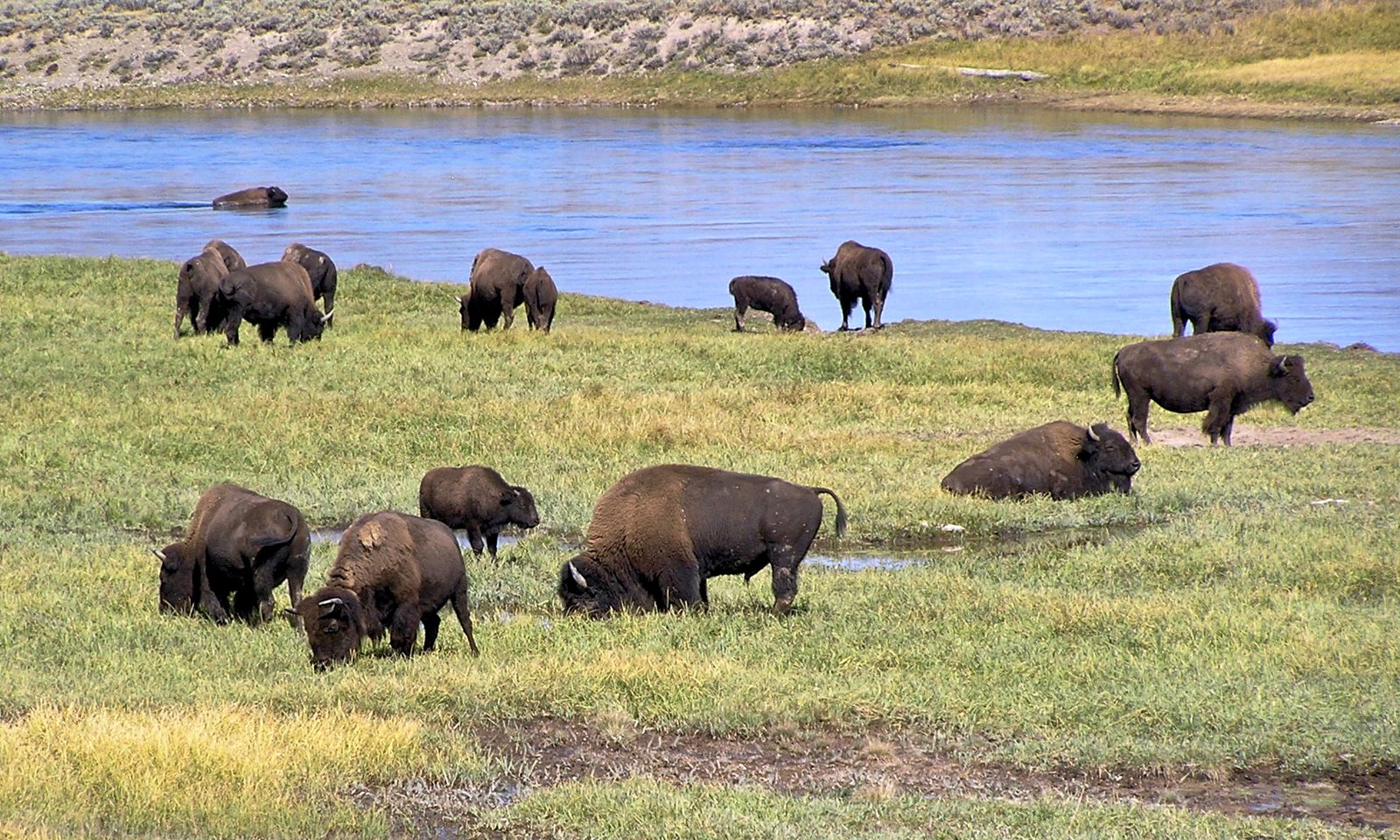
Yellowstone National Park holds a special place in bison history. When poachers threatened to wipe out the last wild herds, park rangers risked their lives to protect them. Today, Yellowstone’s bison are the only population to have remained wild and continuously free-roaming since prehistoric times. Watching these bison thunder across the Lamar Valley is like glimpsing the ancient pulse of the continent. Their story is a living, breathing miracle—proof that with fierce protection, nature can heal even the deepest wounds.
Breeding and Genetic Challenges
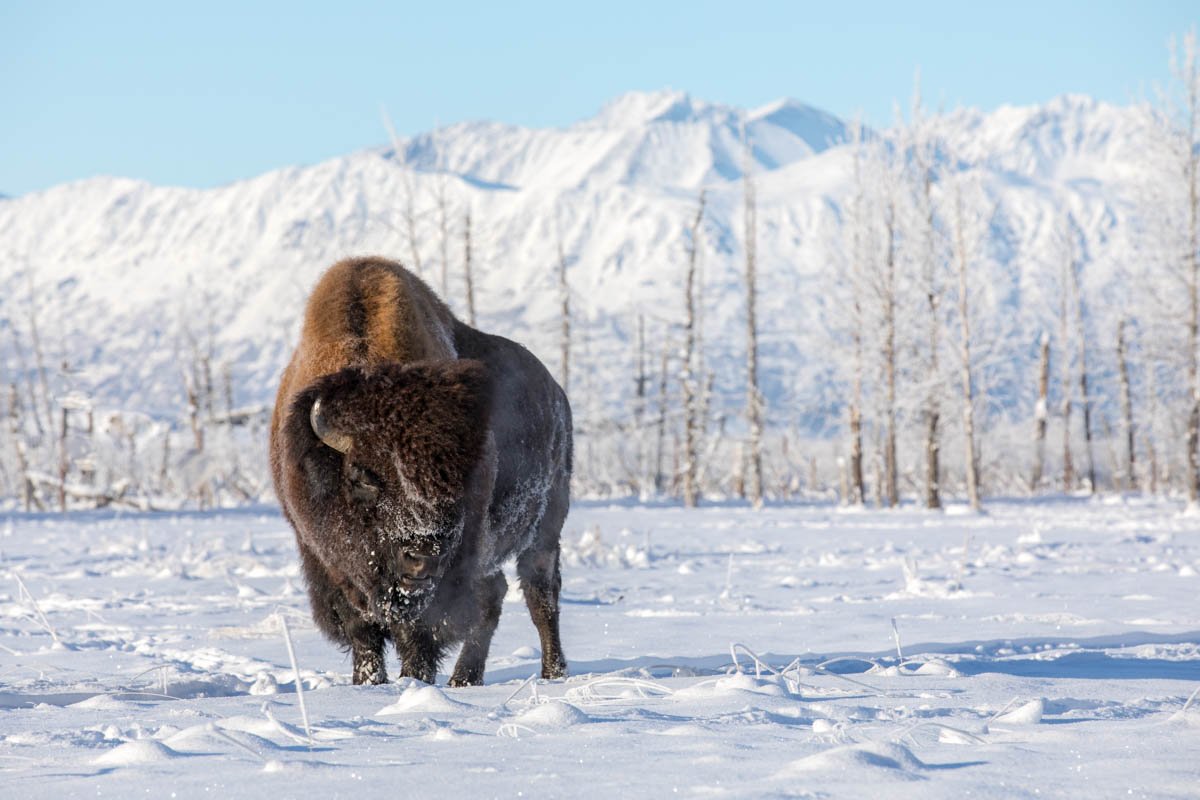
Saving the bison wasn’t as simple as just increasing their numbers. After the population crashed, inbreeding became a real threat, risking genetic diversity. Many early conservation herds were crossbred with cattle, sometimes intentionally, sometimes by accident. This left some herds with traces of cattle DNA. Scientists and wildlife managers now use genetic testing to identify and protect the “purest” bison lines, striving to preserve the animal’s ancient wildness. It’s a delicate, ongoing battle—like restoring a masterpiece painting after it’s been nearly destroyed.
Bison on Private Land: Ranches and Reserves
Today, more bison live on private ranches than in public herds. Some ranchers raise bison for meat, while others focus on conservation. These private herds have played a key role in keeping bison numbers up, even as wild habitat remains limited. Yet, there’s an ongoing debate: should bison be treated as wildlife or livestock? The answer shapes everything from legal protections to how the animals are managed. The line between wild and domesticated bison can get blurry, but every healthy herd helps keep the species alive.
Return to Tribal Lands: The Buffalo Restoration Movement

Across the Great Plains, tribes are bringing bison home. Projects like the InterTribal Buffalo Council have helped dozens of Native nations restore herds on ancestral lands. These bison aren’t just ecological tools—they’re living symbols of resilience, pride, and cultural renewal. Tribal bison herds support community food sovereignty, provide education, and reconnect young people with traditional lifeways. Watching a herd thunder back onto tribal ground is a moment charged with emotion—like the land itself is breathing again.
Ecological Restoration: Healing the Prairie
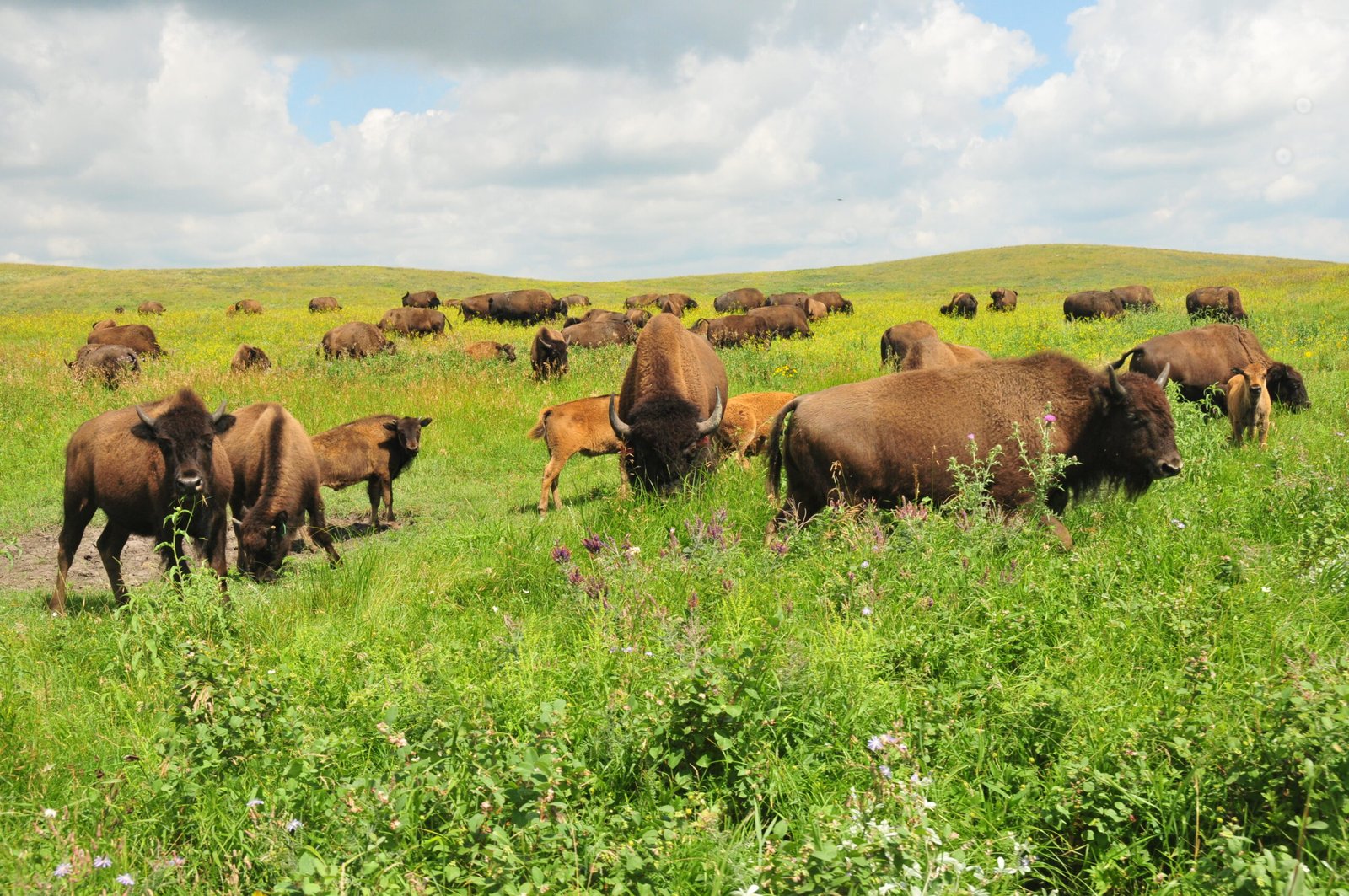
Reintroducing bison can transform a landscape almost overnight. Their grazing keeps grasses short and diverse, while their hooves till the soil, helping seeds take root. Studies show that bison-restored grasslands are richer in wildflowers, birds, and pollinators. In some places, the return of bison has even improved soil health and water retention, making prairies more resistant to drought and fire. It’s a ripple effect—restore the bison, and you restore a whole living web.
The Bison as a Climate Warrior
Surprising as it may sound, bison are allies in the fight against climate change. Healthy grasslands, shaped by bison grazing, store huge amounts of carbon in their roots and soil. By keeping prairies healthy, bison help lock away carbon that would otherwise escape into the atmosphere. Some scientists even argue that expanding bison herds could be a natural tool in climate mitigation. It’s a reminder that conservation isn’t just about saving animals—it’s about saving ourselves.
Bison and the American Imagination
The bison is more than just an animal—it’s an icon. From the U.S. nickel coin to state flags and sports teams, bison symbolize strength, freedom, and the wild spirit of the West. Their story has inspired artists, writers, and conservationists for generations. Yet the bison’s image also carries a deeper lesson: even the mightiest can fall, and it takes courage to bring them back. Our relationship with bison is a mirror, reflecting both our power to destroy and our potential to heal.
Modern Threats: Disease and Habitat Loss
While the bison’s comeback is impressive, new dangers loom. Diseases like brucellosis can spread from livestock to wild bison, sometimes triggering controversial culls. Urban sprawl, agriculture, and fences continue to nibble away at wild habitat, squeezing herds into smaller spaces. Climate change adds another layer of challenge, shifting grassland patterns and water availability. Conservationists must stay vigilant, adapting strategies to protect bison from these ever-evolving threats.
Science on the Front Lines: Tracking and Studying Bison
Modern technology has revolutionized bison conservation. GPS collars, drones, and genetic analysis allow scientists to study herds in ways that were once impossible. Researchers track migrations, monitor health, and assess how bison interact with their environment. These insights help managers make better decisions about where and how to restore herds. The work is challenging, sometimes even dangerous, but it’s driven by a passion to ensure bison never face the brink of extinction again.
Public Bison Herds: National Parks and Wildlife Refuges

Today, visitors can witness bison herds in iconic places like Yellowstone, Wind Cave, and Badlands National Parks. These protected areas serve as sanctuaries, giving bison space to roam and behave as they have for thousands of years. Watching a bison calf take its first wobbly steps or seeing a herd stampede across a valley is an unforgettable experience. These parks also serve as outdoor classrooms, teaching new generations about the beauty and fragility of wild places.
Citizen Science and Community Involvement
You don’t need to be a scientist to help bison. Across the country, volunteers participate in bison counts, habitat restoration, and public education. School groups plant native grasses, community members help build fences, and families attend bison festivals. Every small act, from spreading awareness to supporting conservation organizations, helps keep the momentum going. The bison’s survival is a shared achievement, woven from thousands of hands and hearts.
Challenges of Living with Bison
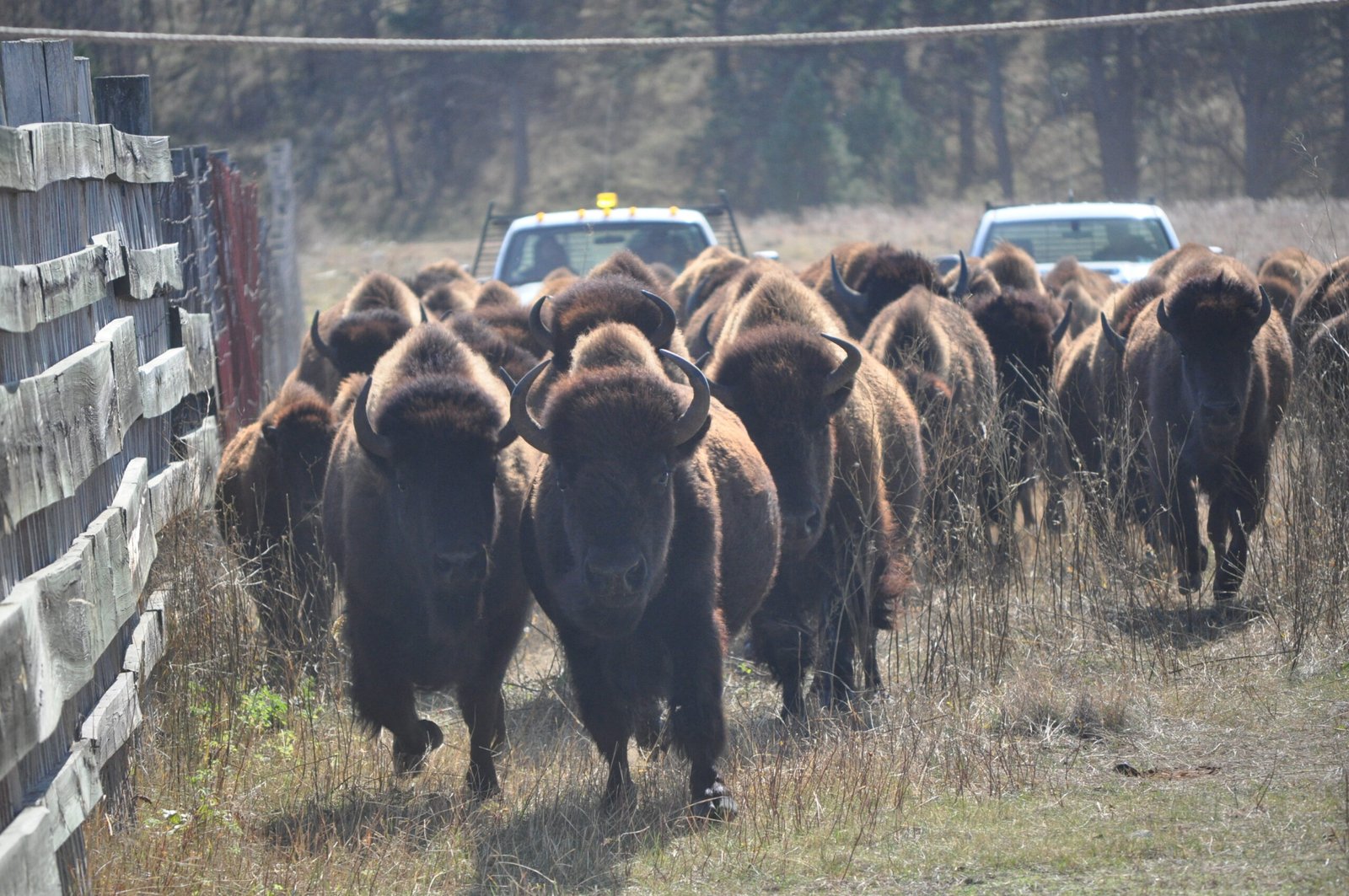
Bison are powerful and unpredictable, and coexistence isn’t always easy. On ranches and near parks, bison can break fences, damage crops, or clash with cattle. In some regions, local communities worry about disease or property damage. Conservationists work to find solutions—special fencing, careful herd management, and compensation for losses—to balance the needs of people and wildlife. Respecting the bison’s wildness is key, even as we bring them back into our lives.
Tourism and Economic Impact
Bison aren’t just ecological treasures—they’re economic assets. Wildlife tourism draws millions to see these giants, supporting local businesses and rural economies. Bison meat, wool, and hides are growing markets, providing sustainable income for ranchers and tribes. Festivals, art, and educational programs celebrate the bison’s return, weaving their story into the fabric of local culture. The bison boom isn’t just about biology—it’s about community.
The Future: What Comes Next for Bison?
The bison’s journey is far from over. Scientists, Indigenous leaders, ranchers, and conservationists are dreaming big—restoring larger herds, reconnecting fragmented habitats, and deepening our relationship with the land. There’s talk of creating wildlife corridors, expanding protected areas, and even using bison as a model for restoring other lost species. The next chapter is being written right now, shaped by courage, creativity, and an unbreakable belief in wild possibilities.
Why the Bison’s Comeback Matters for Us All
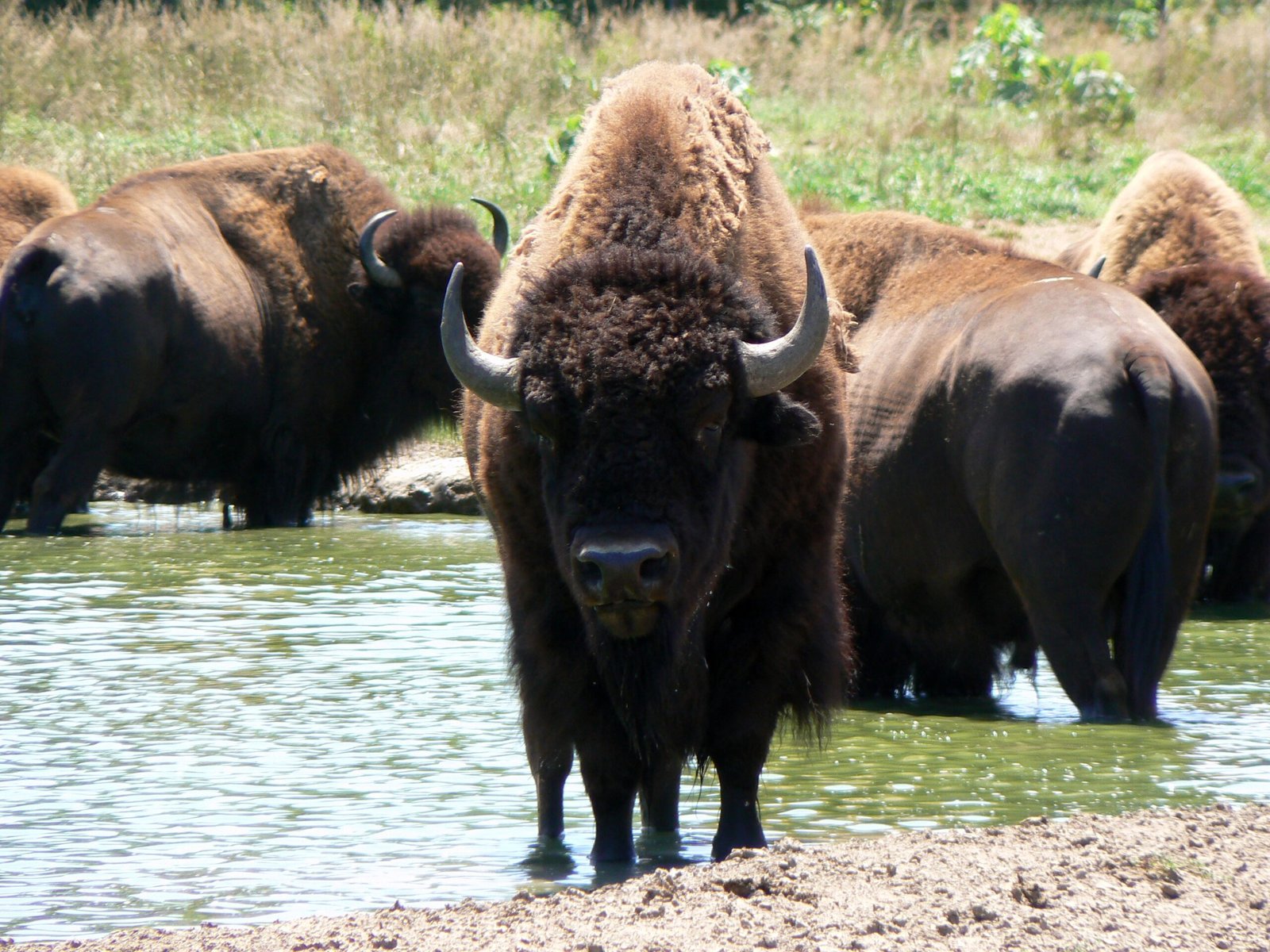
The story of the bison is more than a tale of survival—it’s a lesson in hope. Against all odds, a species written off for dead has thundered back, stronger than anyone dared imagine. Their return is proof that even when we make terrible mistakes, healing is possible if we act with vision and heart. Every bison on the plains is a testament to the power of community, science, and stubborn, never-give-up spirit. Isn’t it amazing what we can achieve when we refuse to let hope die out?

